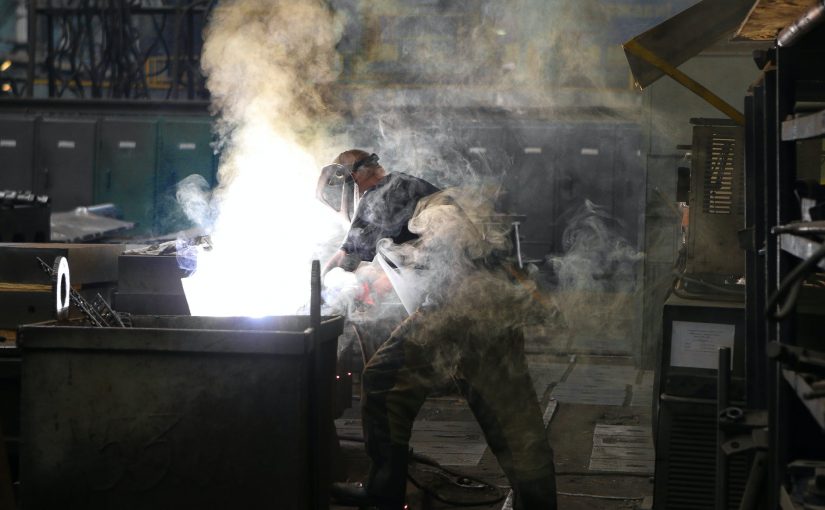It doesn’t matter how desperate you are for a job or how annoyed you might be at your current one, there are, some companies that you are better off not working for.
Even if the money appears to be good and the role an irresistible one, accepting a role at a rubbish company will set you back. The question then, is what is a rubbish company?
It may be difficult to determine from the outset but one of the clues has to lie in the employee assessments of employers that you will find all over the internet. There was a time when getting any kind of insider dirt on a prospective employer required you to know someone who worked or was working there, but not anymore.
Sites like Glassdoor, Indeed, Reddit and yes, even Twitter, have people trash-talking and lauding their employers and past employers.
A piece appeared on Refinery29 back in 2019 that cited postings on Glassdoor in particular in relation to Theranos which we now know to have been a problem employer, not only because of the leadership but the whole culture and science of the business was suboptimal.
Among the many notable quotes, “people rarely stay longer than a year and the people that do stay, are miserable” and “Ridiculous expectations with very poor, unprofessional training.”
Companies that see high turnover in particular roles have a problem. If you see that people in certain positions failed to hold out for more than a few months and either get switched out or change more than once in a year, then there is a problem with continuity and either the position is very challenging, not paid well enough or there is an organizational culture problem. This is particularly evident if the same position stays open for a very long time or keeps getting reposted for months on end.
As a prospective employee, it is very fashionable these days to get exposed as a new candidate to more people than just the leadership team and hiring manager. Companies that are culturally savvy, often want to ensure that the candidate will work well with other colleagues and oftentimes the final decision is based on a collective consensus among all those who speak to the candidate.
If you as a candidate are in the final stages of your candidacy and haven’t put your notice into your existing job, then you might want to suggest to the recruiter that you have an opportunity to have a coffee chat with others in the team who would be perhaps your peers. If the recruiter or hiring manager tells you that won’t be possible or would not be a good idea. That’s a potential red flag.
While individuals do make up the whole culture of an organization, if you cannot reasonably get the opportunity to talk to those that you would be working with in the future then you cant assess how much a negative culture is grinding down on the team.
If you get the opportunity to visit the offices of the company for your interview, there are a couple of subtle clues as to whether the interview location is all show and no substance or just for the executives. Those clues lie in the kitchen or cafeteria and the toilets and washrooms. The reception may be immaculate but if these other areas are able to be visited by you, you will quickly discern whether there is something else going on in the business that could leave you with a bad taste in your mouth.
Generally speaking, there are three leading drivers of long-term employee retention and satisfaction. They are, organizational culture and values, career opportunities, and trust in the senior leadership.
Consider this piece by Jewel on whether you’re appreciated in your workplace, also consider my older piece on Trust.
One of the ways that you can see through retention is by looking at the long-lasting employees. Look at how long they have been there and examine whether they have grown progressively in their roles. Those who don’t quit and go elsewhere and who stick around and get promoted internally are either shining stars or the organization is doing its utmost to retrain staff through personal growth?
When outsiders fill positions, especially more senior ones, you have to wonder what is going on with the others in the organization? Also, take a look at the staff: leader ratio; if you see a lot of bosses, that’s a clue that there are lots of on-face-value more powerful people in the organization but potentially too few individual contributors.
In the final throes of evaluating a new job opportunity, you’ll want to get a few positions from the hiring manager and recruiter regarding core working hours, the position of the business in relation to overtime and vacations and personal development and education.
If you encounter inconsistency in the message from the hiring manager and the recruiter/HR manager then you may find that the policies are not very flexible or non-existent! Both of these situations are less than ideal.
When an organization takes a hard-line that reads like a government gazette and only accommodates minimums, like a statutory minimum vacation or mandatory work week practices then you start to evaluate whether this is really the place you want to work. Yes, a new job might be exciting, yes the work may also be exciting and challenging but remember, you have to work in these constraints and ultimately you will be spending a third or more of your day doing the job so any choice you make needs to be well considered.
